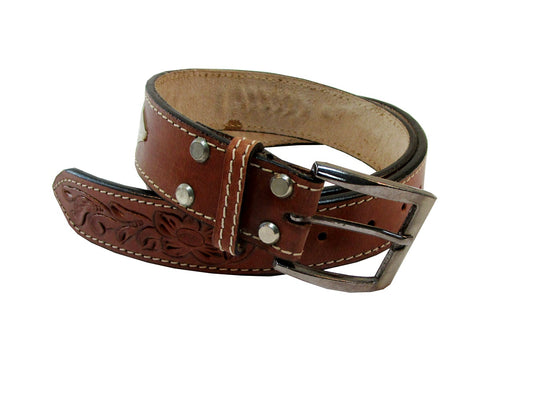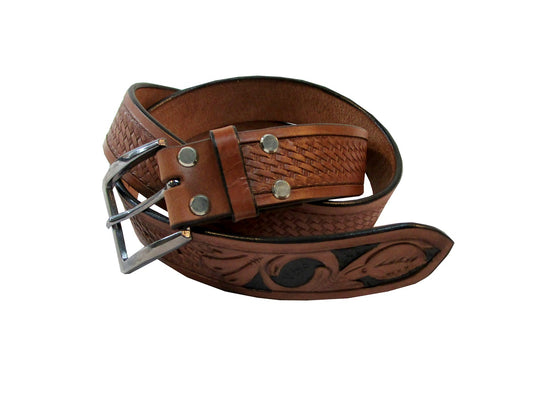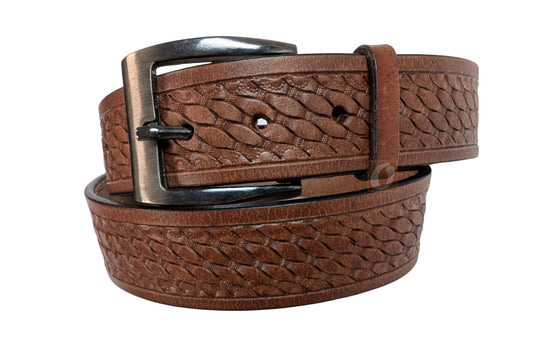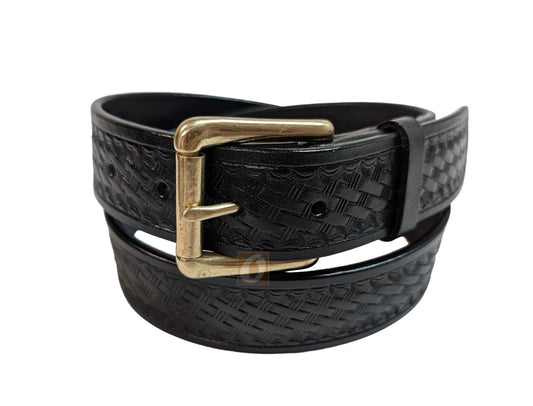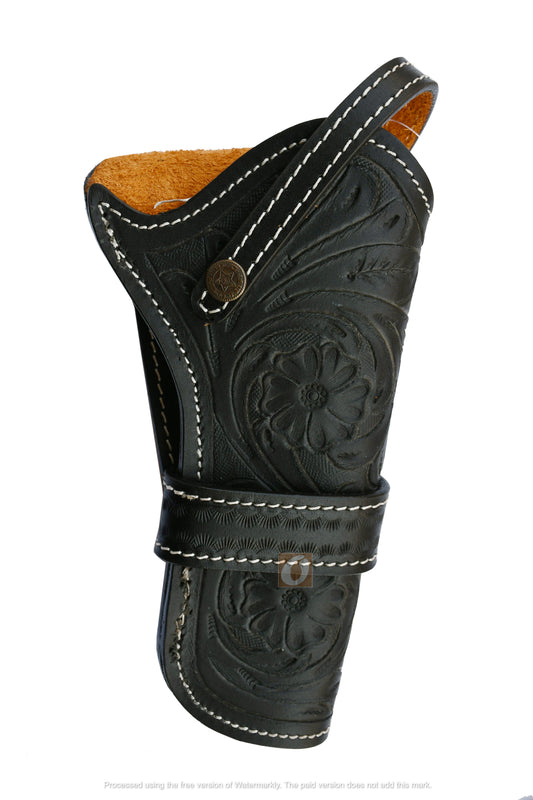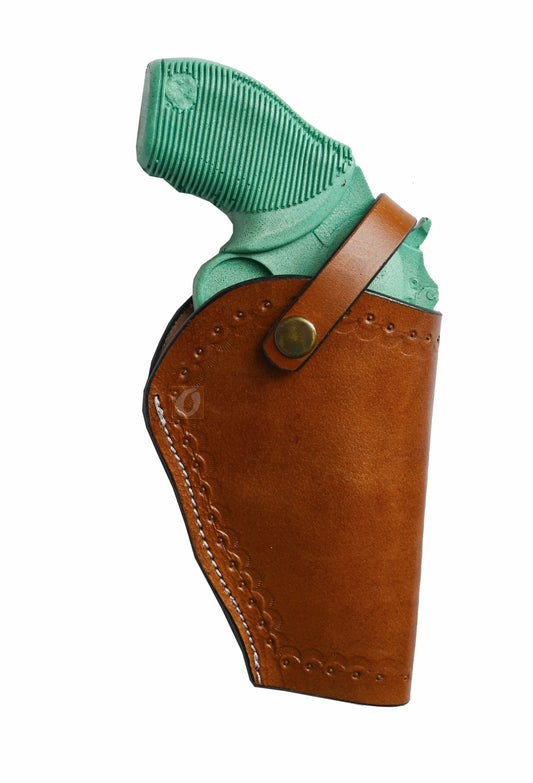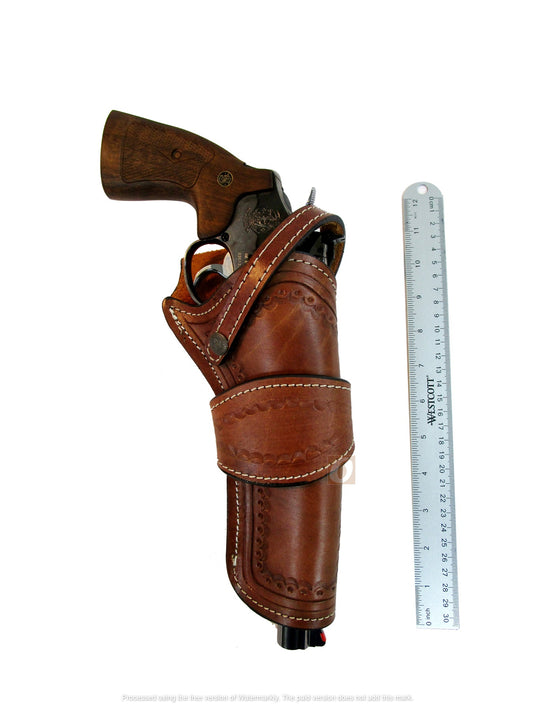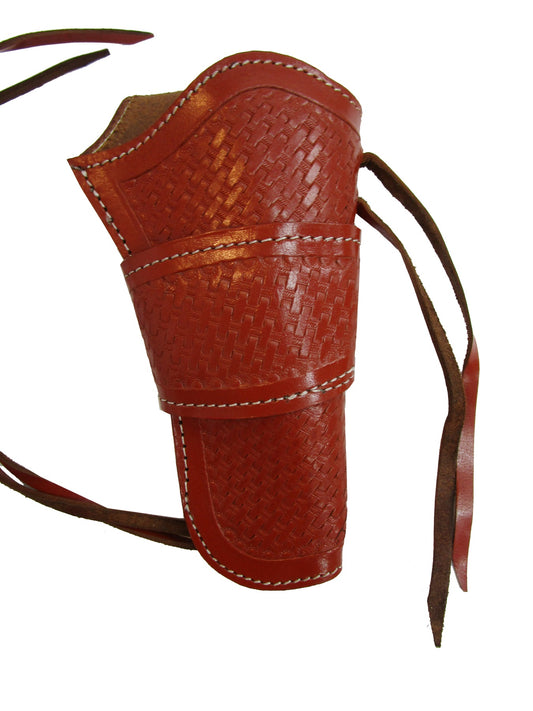Why Holster Adjustability Is a Game-Changer for Comfort and Accessibility?
Why Holster Adjustability Is a Game-Changer for Comfort and Accessibility?
When it comes to concealed carry and everyday carry (EDC), comfort and accessibility are paramount. Whether you're carrying a concealed carry holster, an IWB holster, or an OWB holster, the ability to customize your holster to fit your unique body type and carrying preferences can make all the difference. One key feature that is often overlooked is holster adjustability—specifically, the adjustability of cant, ride height, and retention. These features can drastically improve both the comfort and usability of your holster for handgun, and knowing how to fine-tune them is a game-changer for those who carry regularly.
The Importance of Holster Adjustability
Holsters, whether you're using a leather holster, custom holster, or something more tactical, are not one-size-fits-all. A firearm holster that works well for one person might be uncomfortable or impractical for someone else. Holster adjustability allows you to modify certain elements of your carry system to better match your lifestyle, making it more comfortable and accessible for daily use.
1. Adjustable Cant: Finding the Perfect Angle for Your Draw
Cant refers to the angle at which the holster sits on your body. This feature is especially important for those who prefer a specific draw style or need quick access to their weapon.
-
Forward Cant: This is the most common angle, especially for those using IWB holsters or OWB holsters. It places the gun in a position where you can draw it quickly with a natural motion, often with the muzzle pointed slightly forward.
-
Reverse Cant: A reverse cant positions the firearm so the muzzle is angled backward toward the body. This is often favored for cross draw holsters, where the firearm is carried on the opposite side of the body from the dominant hand.
Adjusting the cant allows you to find a position that fits the way you naturally draw your firearm, which can improve speed and accuracy when seconds matter. For example, if you have a holster for Glock or holster for SIG, adjusting the cant will ensure the firearm sits at the best angle for a smooth, instinctive draw.
2. Ride Height: Positioning for Comfort and Accessibility
Ride height refers to how high or low the holster sits on your body, which affects both comfort and how easily you can access your firearm. The ideal ride height varies based on your body shape, clothing, and personal preferences.
-
Low Ride: A holster that sits lower on the waist or hip can make it easier to conceal the firearm under clothing. However, it may also make drawing the weapon slightly slower, as the firearm is positioned further down.
-
High Ride: A holster that sits higher on the waist or body offers quicker access to the firearm, but it may be less concealable and could dig into the skin when sitting for long periods.
Finding the right balance between ride height and concealability is key, especially when carrying a holster for revolver or holster for pistol. Adjusting the ride height allows you to carry your firearm comfortably all day without sacrificing accessibility. For instance, holsters for everyday carry (EDC) are often designed to be more adaptable, allowing you to tweak the ride height based on the fit of your pants or belt.
3. Retention: Securing Your Firearm Safely
Retention is another important factor in holster adjustability. It determines how tightly the holster holds the firearm in place and how easily you can draw it when needed. Too little retention can cause your weapon to shift or even fall out, while too much can make it difficult to draw quickly in an emergency.
- Adjustable Retention: Many modern holsters for concealed carry come with adjustable retention screws, which allow you to customize the tightness of the holster's grip on your firearm. Whether you're carrying a holster for Glock, holster for SIG, or another model, being able to fine-tune the retention to your preference will give you peace of mind knowing your firearm is secure, but accessible when needed.
For example, a leather gun holster may offer natural retention through its snug fit, but an EDC holster designed with adjustable retention allows you to tighten or loosen the holster as needed for both security and ease of draw.
Tips for Adjusting Holsters to Suit Your Preferences
-
Start with a Comfortable Base: When choosing a holster for gun, start with one that fits your body shape and carry style. For instance, if you're looking for a holster for defender or a holster for handgun, opt for a holster made from materials that are comfortable and breathable, like leather gun holsters or Kydex.
-
Experiment with Cant and Ride Height: Play around with different angles and ride heights until you find the position that feels most natural for your draw. The right holster for Glock or holster for SIG will enhance your ability to quickly and smoothly access your firearm.
-
Adjust Retention for Your Needs: Retention is especially important when carrying holsters for everyday carry (EDC), where the weapon will be carried for long periods. If you're using a holster for revolver or holster for pistol, experiment with the retention settings to find the right balance between security and ease of draw.
-
Consider Additional Concealed Carry Accessories: Sometimes, adjustability alone isn't enough. Adding concealed carry accessories like a comfortable belt, holster pad, or appendix carry support can further enhance comfort and accessibility.
Conclusion
When it comes to selecting the best holsters for concealed carry, features like adjustable cant, ride height, and retention are game-changers in terms of comfort and accessibility. Whether you're carrying a holster for Glock, holster for SIG, or a custom holster, these adjustable features help tailor the holster to your body and carry preferences. By experimenting with different settings and paying attention to how each feature affects your daily carry, you'll be able to find a setup that allows you to carry comfortably and confidently—no matter the situation.
For those on the hunt for holsters for everyday carry (EDC) or seeking specific holster styles like western gun holsters or cross draw holsters, remember that the key to a great carry experience lies in adjustability. Invest the time to customize your carry setup, and you'll enjoy a level of comfort and accessibility that’s truly a game-changer.
Looking for the perfect holster for your daily carry needs? Check out our selection of holsters for gun and concealed carry accessories to find the right fit for your lifestyle!
If you are looking for Gun Holster . Visit our Holster collection . Our Holster for Revolver are handcrafted. Our Leather Holster are great to secure your firearms.

